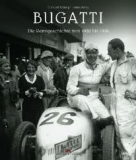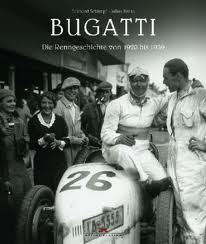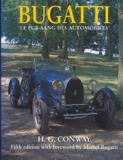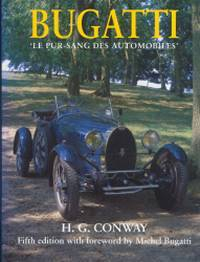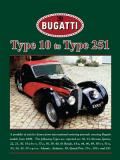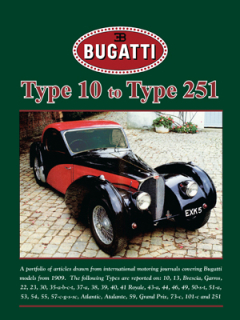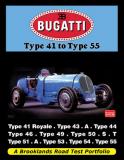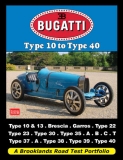E-shop
- * CD/DVD/BLU-RAY
- * Dárkové poukazy
- * Kalendáře
- * Magazíny
- * NAVIONICS
- * Plakáty a grafické listy
- * Prospekty a brožury
- * Slovníky
- ATV, čtyřkolky, sněžné skůtry
- Autobusy, tramvaje, trolejbusy
- Automobily osobní a dodávky
- Automobily nákladní a tahače
- Cyklistika
- Hudební nástroje, hudba
- Letectví, kosmonautika
- Lodě, lodní technika
- Malá motorová technika
- Modely a sběratelství
- Motocykly
- _Cestování
- _Čínské / korejské motocykly
- _Motokatalogy
- _Renovace / restaurování
- _Skůtry
- _Sport
- _Technika
- _Tuning
- _Veteráni
- ACE
- Adler
- Aermacchi
- AJs
- Aprilia
- Ariel
- Auto Union
- AWO
- Babetta
- Benelli
- Beta
- Bimota
- BMW
- Bridgestone
- Britten
- Brixton
- Brooklands
- Brough Superior
- BSA
- Buell
- Bultaco
- Cagiva
- Cake
- Cushman
- CZ
- Čechie-Böhmerland
- Daelim
- Derbi
- DKW
- Dnepr
- Douglas
- Dreems
- Ducati
- EMW
- Enfield
- ESO
- Excelsior
- Fantic Motor
- FN
- F.B
- Francis-Barnett
- Franco Morini
- Gilera
- Govecs
- Greeves
- Harley-Davidson
- Henderson
- Hercules
- Hesketh
- Hiro
- Hodaka
- Honda
- Horex
- Horwin
- Husqvuarna
- Hyosung
- IFA
- Italjet
- Indian
- Innocenti
- J.A.P.
- Jawa
- Kawasaki
- Kreidler
- KTM
- Kumpan
- Kymco Zing
- Lambretta
- Lanying
- Laurin & Klement
- Laverda
- Lifan
- Lohner
- Luxxon
- Maico
- Malaguti
- Manet
- Marusho
- Mash
- Matchless
- MBK
- Minarelli
- Mirabell
- Mondial
- Montesa
- Morbidelli
- Moretti
- Morini
- Moto Guzzi
- Moto Rumi
- Motobecane
- Motron
- Munch
- MV Agusta
- MZ ETZ / MuZ
- Neos
- Niu
- Norton
- NSU
- Ogar
- Online
- Ossa
- Opel
- Ovetto - Yamaha
- Pannonia
- Panther
- Parilla
- Peugeot
- Piaggio
- Piega
- Praga
- Puch
- Quartz
- Radco
- Rieju
- Rgnt
- Rotax
- Royal Enfield
- Rudge-Whitworth
- Sachs
- Scott
- Sfera
- Simson
- SKR
- Skyteam
- Sunbeam
- Super Soco
- Suzuki
- SWM
- SYM
- Tatran
- Tauris
- Terrot
- Texas
- Torrot
- Trinity
- Triumph
- Ural
- Velocette
- Vespa
- Victoria
- Victory
- Vincent
- Voxan
- Walter
- Wanderer
- Werner
- Weslake
- Yale
- Yamaha
- Zero
- Zontes
- Zündapp
- Počítače, IT
- Traktory, zemědělská technika
- Železniční technika, vlaky
- Zbraně, vojenská technika
- Zdraví, domácnost, sport


![]()



![]()


![]()

![]()

![]()



Anotace
The Type 57 and later variants (including the famous Atlantic and Atalante models) were of an entirely new design by Jean Bugatti, son of founder Ettore. A total of 710 were built between 1934 and 1940. Most Type 57s used a twin-cam 3257cc engine based on that of the Type 49 but heavily modified by Jean Bugatti. Unlike the chain-drive twin-cam engines of the Type 50 and 51, the 57's engine used gears to transmit power from the crankshaft. The original Type 57 was a touring car model produced from 1934 to 1940. It used the 3.3L (3257cc; 198cu in) engine from the Type 59 Grand Prix cars, producing 135hp (100kW). Top speed was 95 miles per hour (153km/h). It rode on a 130-inch (3,302mm) wheelbase and had a 53.1-inch (1,349mm) wide track. Road-going versions weighed about 2,100 pounds (950kg). Hydraulic brakes replaced the cable-operated units in 1938, a modification Ettore Bugatti hotly contested. Some 630 examples were produced. The original road-going Type 57 included a smaller version of the Royale's square-bottom horseshoe grille. The sides of the engine compartment were covered with thermostatically-controlled shutters. It was a tall car, contrary to the tastes of the time. Included are new model introductions and updates, road tests, full specifications and performance data plus historical features and classic salons. A total of 160 fully illustrated pages.


